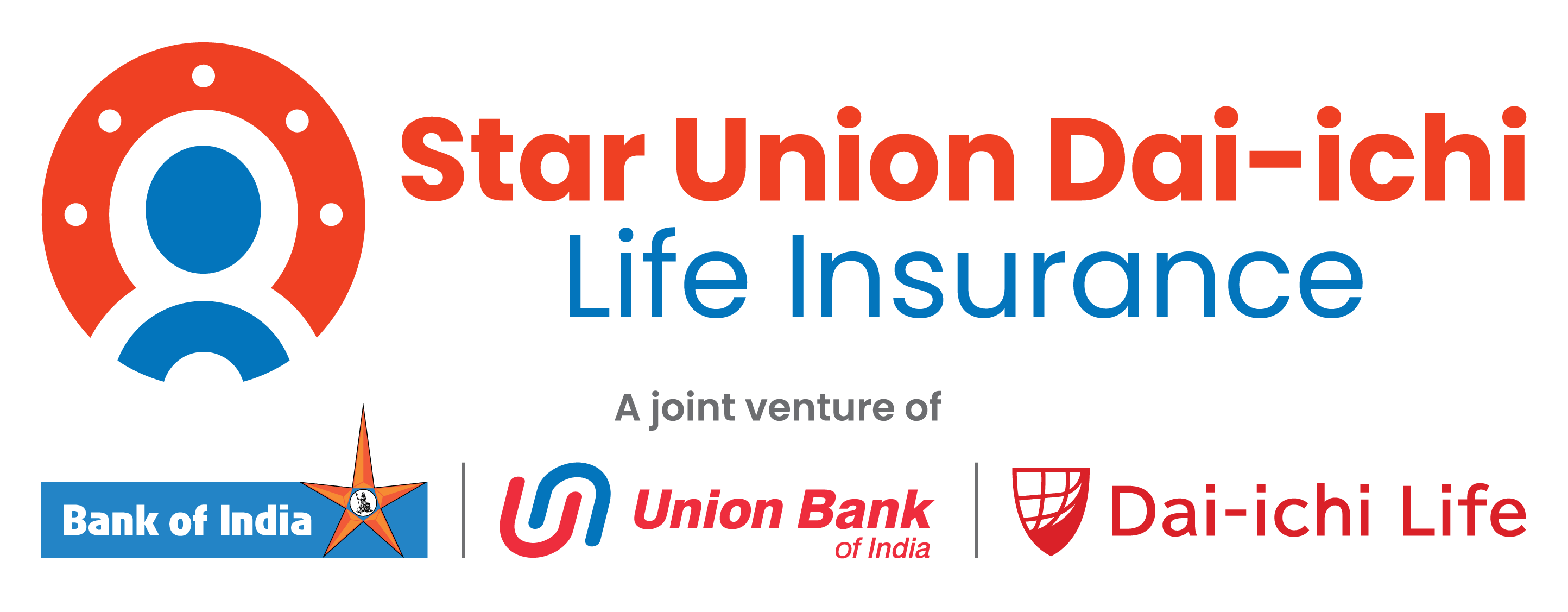Term Plans
 930 People reading this blog
930 People reading this blog

Life Insurance has become a vital part of everyone’s financial planning, offering protection and peace of mind for you and your families. More so, post the COVID outbreak. However, navigating the world of life insurance policies can be tedious, especially with terms like “participating” and “non-participating” thrown around quite casually.
In this guide, we’ll delve into the nuances of these two types of life insurance policies, breaking down their features, benefits, and considerations to help you make informed decisions about your financial future.
What are Participating Life Insurance Policies (a.k.a. Par Policies)?
Participating life insurance policies are like being part of a club where members share in the club’s profits. When you buy one of these policies, you’re not just paying premiums for coverage; you’re also investing in the insurer’s investment activities. Here’s a breakdown of how they work –
Ownership
When you opt for a participating policy, you become a partial owner of the insurance company. And this ownership comes with its own set of certain perks, including the potential for earning bonuses or dividends.
Bonuses and Dividends
When you have a participating life insurance policy, the bonuses you receive are like extra savings that get added to your policy’s cash value. Think of it like earning interest on a savings account. Now, you have a few options with these bonuses:
1.Some plans let you take the bonuses out as cash if you need it for something important, like paying for your child’s education or covering unexpected expenses.
2.Alternatively, you can choose to reinvest the bonuses back into your policy. This means you’re putting that extra money to work, potentially increasing the overall value of your policy over time.
3.Another option that you may get is to use the bonuses to help pay for future premiums. This can lighten the financial burden of keeping your policy active and ensure you continue to receive its benefits.
So, these bonuses give you added flexibility and options to make the most out of your participating life insurance policy.
Growth Potential
One of the main attractions of participating policies is their potential for growth. As the insurance company earns profits from investments and underwriting, you also stand to receive bonuses or dividends, increasing the overall value of your policies over time.
Guarantees and Risks
Participating policies can potentially give you extra returns, but it’s crucial to remember that these bonuses aren’t guaranteed. How much you get depends on things like how well your insurance company is doing financially and the returns they’re getting on their investments. So, while there’s a chance for extra benefits, it’s not a sure thing.
What are Non-Participating Life Insurance Policies (a.k.a. Non-Par Policies)?
Non-participating life insurance policies are simpler. They don’t include any sharing in the insurance company’s profits. Here’s a breakdown:
With these policies, you pay a fixed premium in exchange for a predetermined death benefit. There are no bonuses or dividends involved, so what you see is what you get. These policies are easier to understand because there’s no extra layer of profits to think about. You pay your premium, and in return, your beneficiaries receive the guaranteed death benefit on your untimely demise. It’s a straightforward deal without any extras.
Fixed Premiums and Benefits
With non-participating policies, you pay fixed premiums in exchange for a predetermined death benefit. There are no bonuses or dividends involved, making the structure simpler and easier to understand.
Simplified Structure
Non-participating policies offer a straightforward structure, making them easier to manage. You know exactly what you’re paying for and what benefits you’ll receive, without the complexities of bonuses or dividends.
Lower Premiums
Since non-participating policies don’t include bonuses or dividends, their premiums are more often than not, lower than par policies. This makes them an attractive option for individuals seeking affordable life insurance coverage.
No Investment Component
Unlike participating policies, which include an investment component, non-participating policies focus solely on providing life insurance coverage. Policyholders don’t have the opportunity to share in the insurer’s profits or investment returns.
Guaranteed Benefits
Non-participating policies typically come with guaranteed death benefits, providing certainty and peace of mind. Regardless of the insurance company’s financial performance, you can be sure that your beneficiaries will receive the death benefit you had opted for.
Which one is better?
Look, when choosing between participating and non-participating policies, consider factors like your financial goals, risk appetite, and affordability. Below are a few things to keep in mind –
Your Objective?
If you’re looking for potential growth and additional returns, a par policy may be suitable. However, if you prefer guaranteed benefits and a simpler structure, a non-participating policy might be a better fit.
Can you take Risks?
Participating policies carry a level of risk, as bonuses or dividends are not guaranteed. If you’re comfortable with some uncertainty and potential fluctuations in returns, a participating policy may align with your risk tolerance. If not, you know the drill.
Hole in your Wallet?
Non-participating policies often have lower premiums, making them more accessible for you if you’re on a tighter budget. It is always wise to gauge your financial circumstances and choose a policy that you can afford without compromising your other financial goals.
End of the Tunnel
If you’re planning for long-term financial security and wealth accumulation, a participating policy with its potential for growth may be worth considering. However, if your primary goal is to provide protection for your loved ones at an affordable cost, a non-participating policy may suffice.
This way, you’re not only getting the coverage you need but also investing in your financial future.
Life insurance is a crucial component of financial planning, providing protection and security for you and your family. Understanding the differences between participating and non-participating life insurance policies can help you make informed decisions about your financial future.
Whether you’re seeking potential growth and additional returns or prefer a straightforward approach with guaranteed benefits, there’s a life insurance policy that aligns with your needs and preferences.
We’ll be back with some interesting reads on this topic again. And note – with the right life insurance coverage in place, you can enjoy peace of mind knowing that your loved ones are protected, no matter what the future holds.
Disclaimer
Star Union Dai-ichi Life Insurance Company Limited
IRDAI Regn. No: 142 | CIN: U66010MH2007PLC174472
Registered Office: 11th Floor, Vishwaroop I.T. Park, Plot No. 34, 35 & 38, Sector 30A of IIP, Vashi, Navi Mumbai – 400 703 | Contact No: +91 22 7196 6200 | 1800 266 8833 (Toll Free) | Timing: 9:00 am – 7:00 pm (Mon – Sat)| Email ID: customercare@sudlife.in | Visit: www.sudlife.in | For more details on risk factors, terms and conditions, please refer to the sales brochure carefully, before concluding the sale. |Trade-logo displayed belongs to M/s Bank of India, M/s Union Bank of India and M/s Dai-ichi Life International Holdings LLC and are being used by Star Union Dai-ichi Life Insurance Co. Ltd. under license.
BEWARE OF SPURIOUS/FRAUD PHONE CALLS:
IRDAI is not involved in activities like selling insurance policies, announcing bonus or investment of premiums. Public receiving such phone calls are requested to lodge a police complaint







